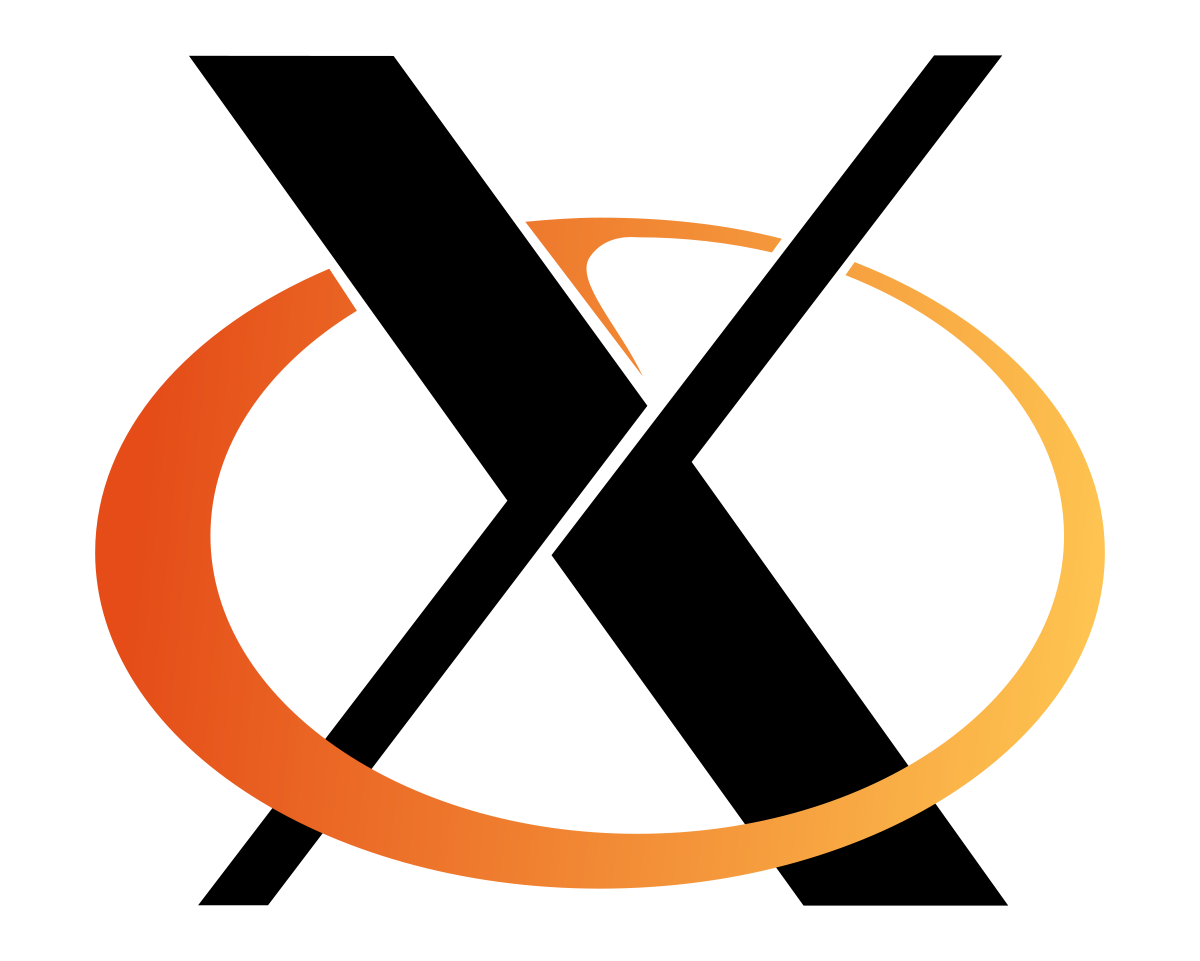This is the 5th post of the OpenGL and Vulkan interoperability series where I describe some use cases for the EXT_external_objects and EXT_external_objects_fd extensions. These use cases have been implemented inside Piglit as part of my work for Igalia‘s graphics team using a Vulkan framework I’ve written for this purpose.
And in this 5th post, we are going to see a case where a pixel buffer is allocated and filled by Vulkan and its data are used as source data for an OpenGL texture image.
